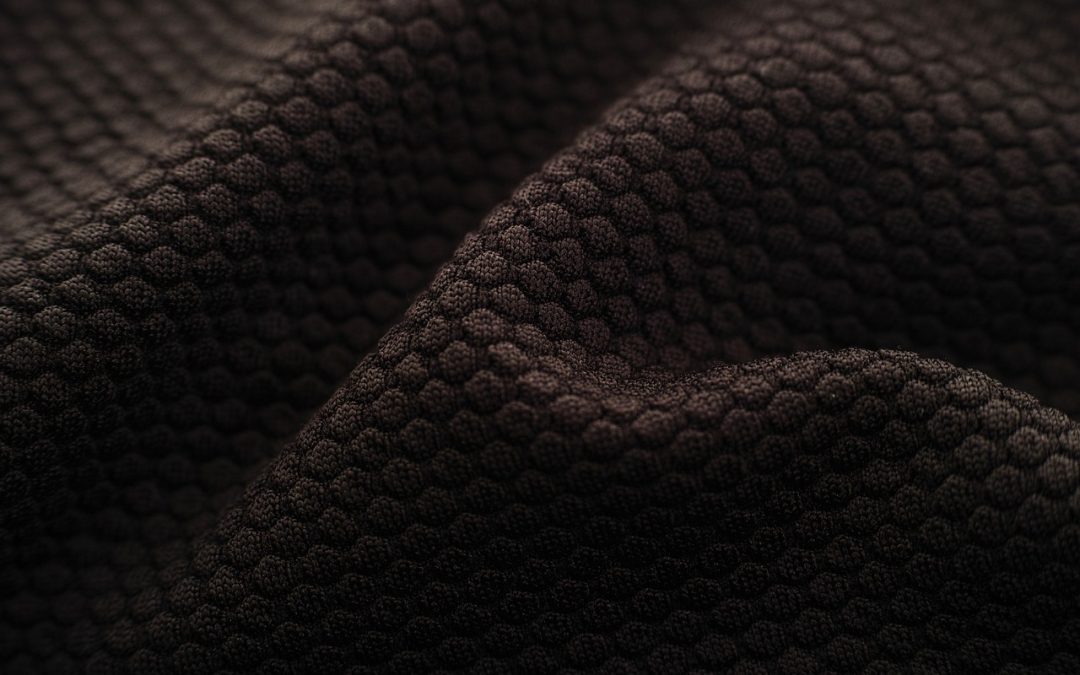Digitizing Woven Fabrics: Advancing Fabric Parameter Recovery with Reflection and Transmission Images
Woven fabrics play a significant role in various applications, such as fashion design, interior design, and digital humans. The ability to accurately capture and digitize the appearance of woven fabrics would be invaluable in these fields. Previous research has introduced a lightweight method for acquiring woven fabrics using a single reflection image and estimating fabric parameters using a differentiable geometric and shading model.
However, a single reflection image is often insufficient to fully characterize the reflectance properties of a fabric sample. Fabrics with different thicknesses, for example, may produce similar reflection images but have significantly different transmission properties. To address this limitation, a new approach has been proposed – recovering fabric parameters from two captured images: reflection and transmission.
The core of this method is a differentiable bidirectional scattering distribution function (BSDF) model that can model both reflection and transmission, including single and multiple scattering. The proposed two-layer model utilizes an SGGX phase function for single scattering, as introduced in previous work, and introduces a new azimuthally-invariant microflake definition called ASGGX for multiple scattering.
By capturing reflection and transmission photos using a basic setup consisting of a cell phone camera and two point lights, the fabric parameters can be estimated using a lightweight network and a differentiable optimization. The method also addresses out-of-focus effects explicitly, providing a more accurate representation of fabrics when using a thin-lens camera.
The results of this research demonstrate that the renderings of the estimated fabric parameters closely match the input images on both reflection and transmission. This represents a significant advancement in the field of fabric parameter recovery and paves the way for more realistic digital representations of woven fabrics.
Overall, this research opens up new possibilities for applications such as virtual fashion design, realistic interior design simulations, and even the creation of lifelike digital humans. By accurately capturing the appearance of woven fabrics, designers and developers can create more immersive and realistic virtual experiences.
